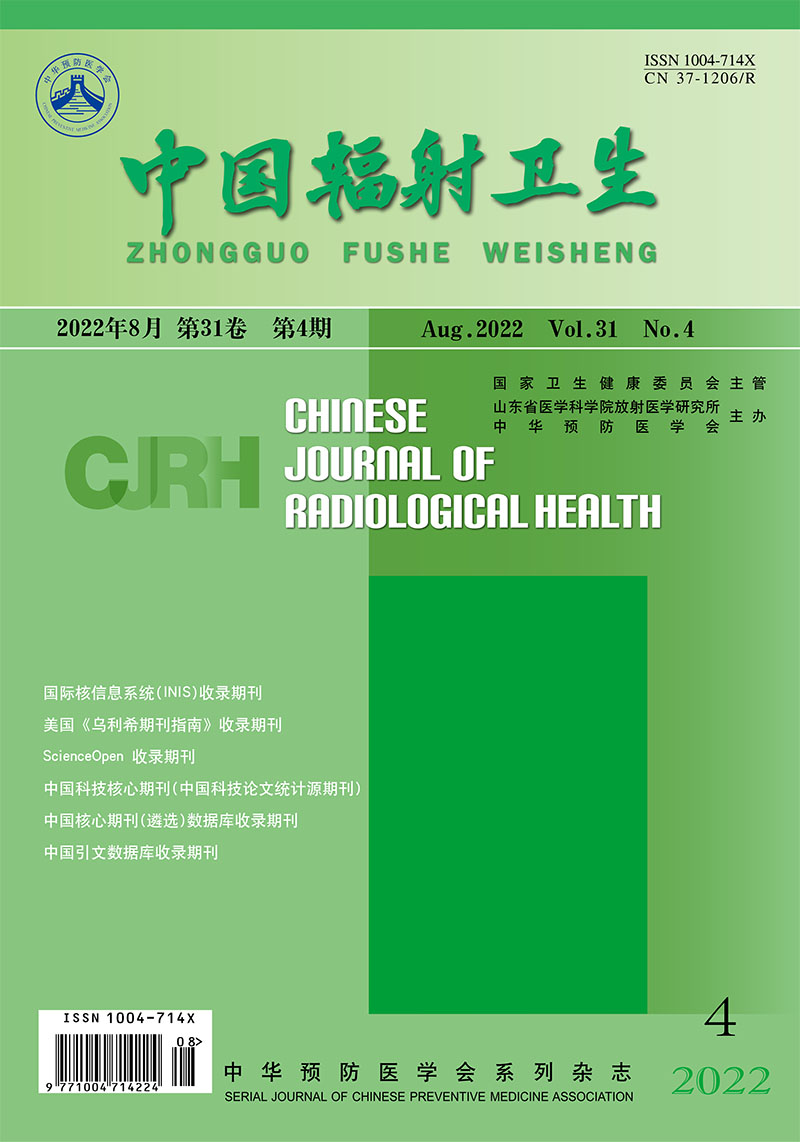Original Articles
WANG Jiaying, MA Kui, LI Yuwen, CHEN Fei, TONG Linquan, ZHANG Zhen
Objective To understand the activity concentrations of natural radionuclides 40K, 226Ra, 232Th, and 238U in raw coal of coal mines in some regions of China, and to explore the correlation between ore with different activity concentrations and the concentration of radon and its progeny in the workplace. Methods Raw coal samples were collected in twelve coal mines in five provinces, and the activity concentrations of 40K, 226Ra, 232Th, and 238U were measured by a high-purity germanium γ-ray spectrometric system. Results The activity concentrations of four natural radionuclides in the raw coal samples of twelve coal mines were all lower than 1000 Bq/kg, and the activity concentration of 238U in one coal mine was close to 100 Bq/kg. The content of 40K, 226Ra, 232Th, and 238U in different coal mines varied greatly, but 226Ra, 232Th, and 238U were basically at the same level in the same coal mine. Conclusion None of the 12 coal mines belong to radio active mines. One of the coal mines investigated has the activity concentrations of 226Ra, 232Th, and 238U close to the standard limit for restricted-use management mines. It is suggested to study the correlation between the content of 226Ra in raw ore, intermediate products, tailings(slag), or other residues and the concentration of radon and its progeny in mines. Monitoring and protection of radon and its progeny in the decay chain should be strengthened for coal mines with high activity concentrations of natural radionuclides 226Ra, 232Th, and 238U.

